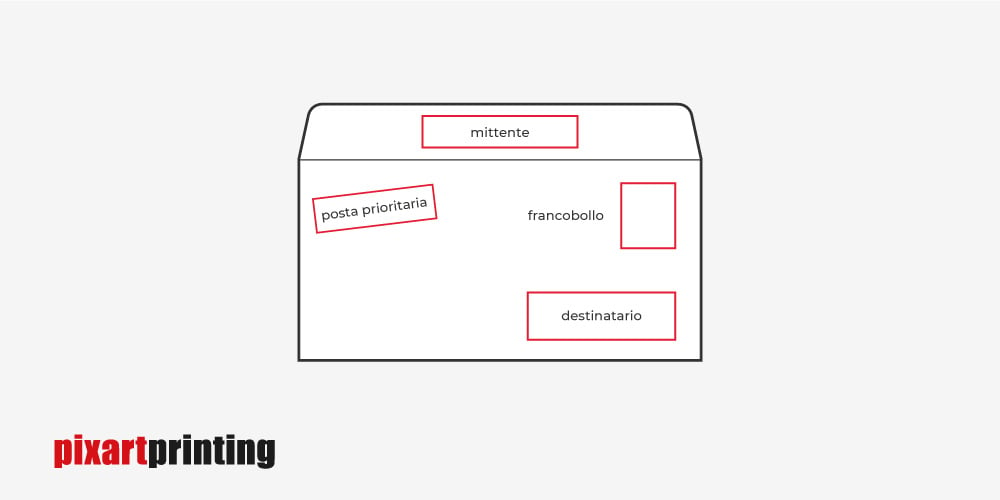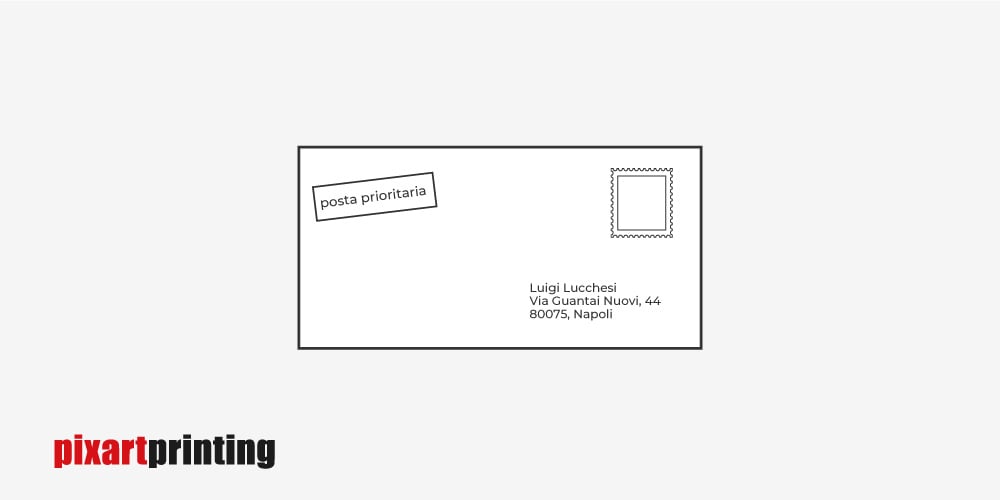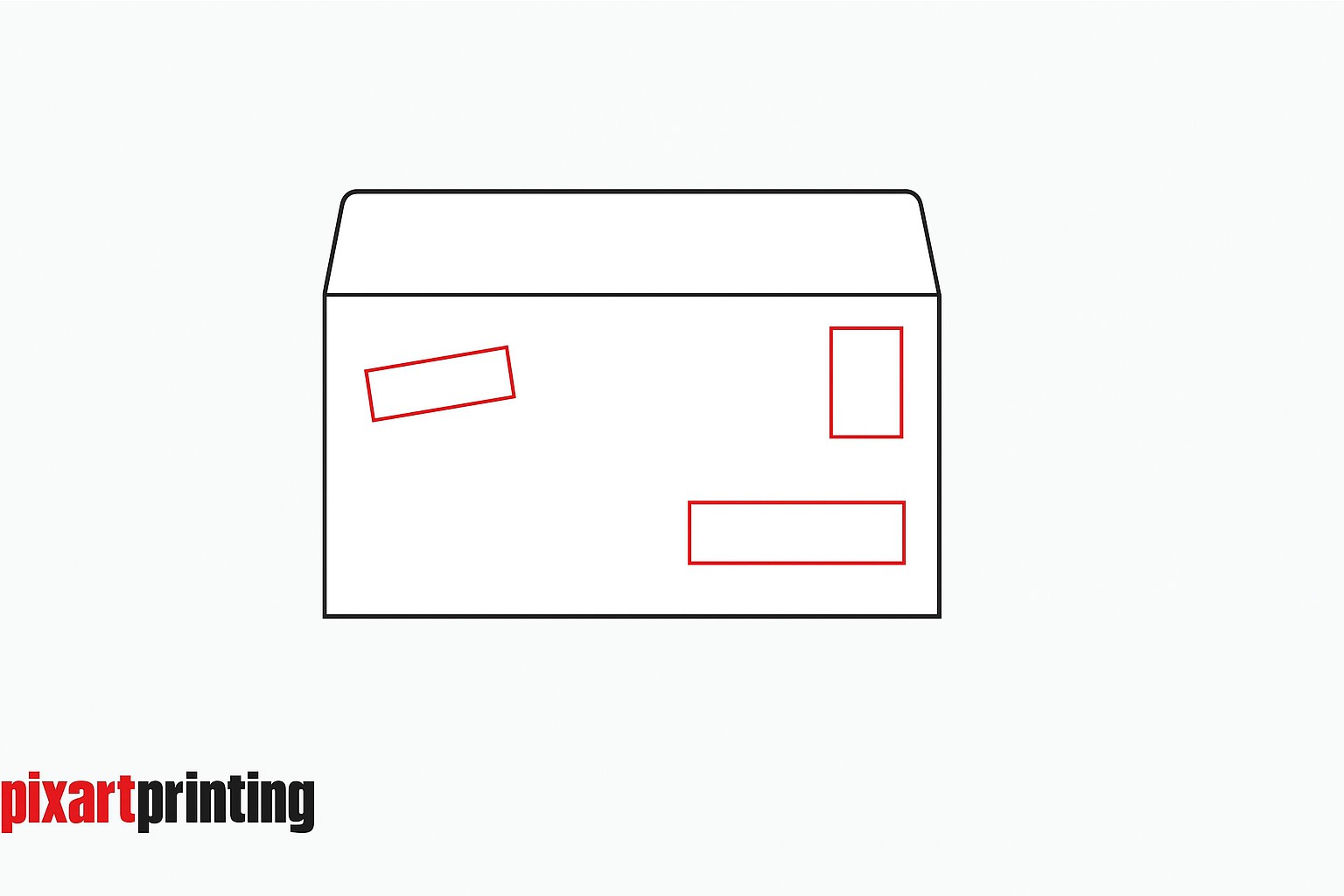Essential Guide to Addressing a Letter Envelope: Information and Practical Tips
At some point, everyone finds themselves needing to send a physical letter. Whether the contents are significant or mundane, ensuring successful delivery involves properly completing the envelope and using appropriate postage.
This guide offers a step-by-step approach to correctly transcribe data and information on a letter envelope before sending it.
Beginning with the Envelope Header: Identifying Sender and Recipient
Addressing a letter envelope starts with the header. It’s crucial to accurately write the sender’s (the person mailing the letter) and the recipient’s (the person receiving the letter) details for the postal service to process the delivery efficiently.
The sender’s information goes on the back of the envelope, which will be sealed, while the recipient’s information belongs on the front.

Back Side of the Envelope
The back of the envelope, where it is sealed, should have the sender’s address near the flap. This includes:
- Sender’s full name
- Home address
- ZIP code
- Country and province abbreviation

This information can be placed in a single line or spread across three lines. Accuracy in these details ensures that the recipient knows the sender and that the letter can be returned if undelivered.

Front Side of the Envelope
After addressing the back, focus on the front for the recipient’s details. It should contain:
- Postage stamp in the upper right-hand corner
- Priority mail stamp, if applicable, in the top left
- Recipient’s complete address in the lower right corner

Ensure the recipient’s address is detailed, including name, full address, and, if overseas, the state.
Using Headers, Titles, and Confidentiality Labels
When addressing a letter envelope, especially in formal contexts, using appropriate headers and titles is beneficial:
- Headers: For non-personal letters, use ‘Dear’ or ‘Kind’ preceding the recipient’s name.
- Titles: Include titles like Mr., Mrs., Dr., or professional titles for formal correspondence.
- Confidentiality Indicators: Use “For the attention of” for less confidential letters and “C/O” (care of) for letters that should only be read by the recipient.
Implementing Confidentiality with “C/O”
The “C/O” notation is particularly important for letters sent to a recipient’s workplace or a non-specific address. This ensures that even though others might handle the letter, only the intended recipient is authorized to open and read it.
For example, when addressing a letter to a lawyer at a firm, the format would be:
Dear Lawyer Mario Rossi
C/O Ditta Fortunati S.p.a.
Via Dei Prati 32, Trapani
ZIP CODE 32000
Building C, Interior 4CFor highly sensitive letters, add “strictly confidential” or “personal” below the recipient’s address.
Opting for Personalized Business Envelopes
For professionals and businesses, personalized envelopes showcasing a brand logo can enhance credibility and recognition. These can be easily designed and ordered online, offering a range of customization options.
In summary, accurately addressing a letter envelope involves meticulous attention to the sender and recipient’s information, understanding confidentiality indicators, and considering personalized envelopes for a professional touch.

